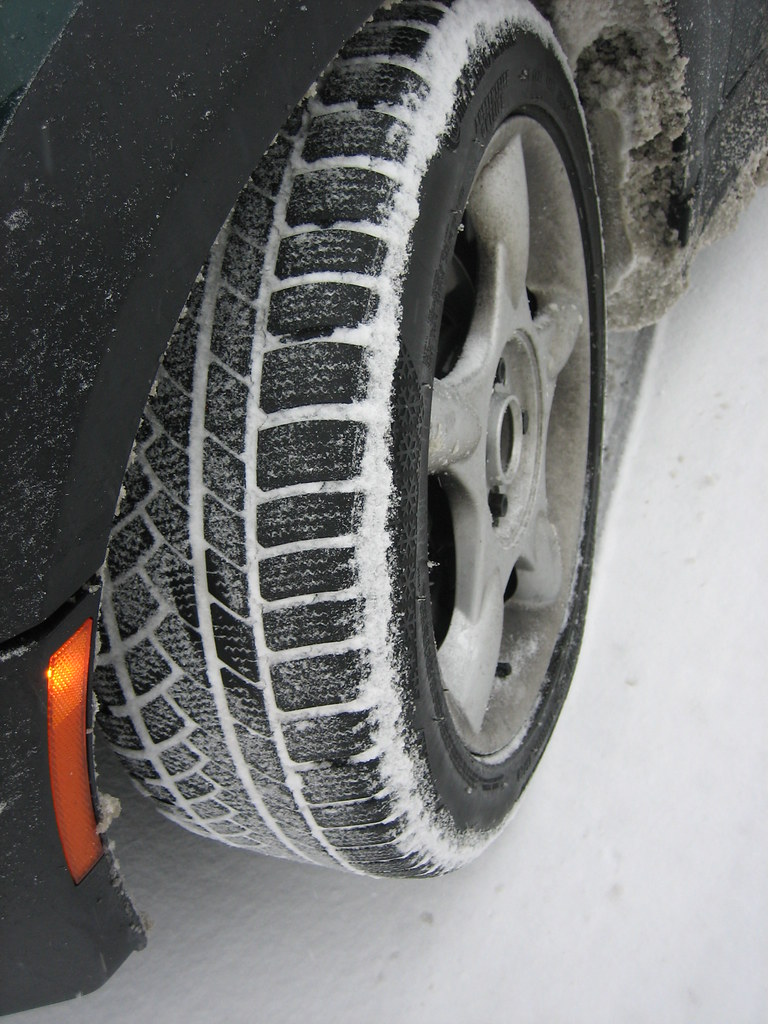
The biting cold of winter brings with it more than just icy roads and frosty windshields; it introduces a new set of challenges for the advanced technology packed into our modern vehicles. While we’ve long been familiar with the struggles of starting a car on a frigid morning, the sophisticated onboard systems that power our commutes are proving to be surprisingly vulnerable to plummeting temperatures.
Today’s vehicles are essentially rolling computers, replete with high-resolution displays, intricate sensors, and complex software. Unfortunately, the very innovations that enhance our driving experience can falter when faced with freezing conditions. This issue often gravitates toward the infotainment system, turning what should be a seamless, connected drive into a frustrating, laggy ordeal.
We’re taking an in-depth look at why these systems struggle so much when the mercury drops, offering a clear-eyed analysis of the specific components and scenarios that lead to these cold-weather tech troubles. From the screens themselves to the hidden digital pathways, understanding these vulnerabilities is the first step toward a smoother, more reliable winter driving experience.
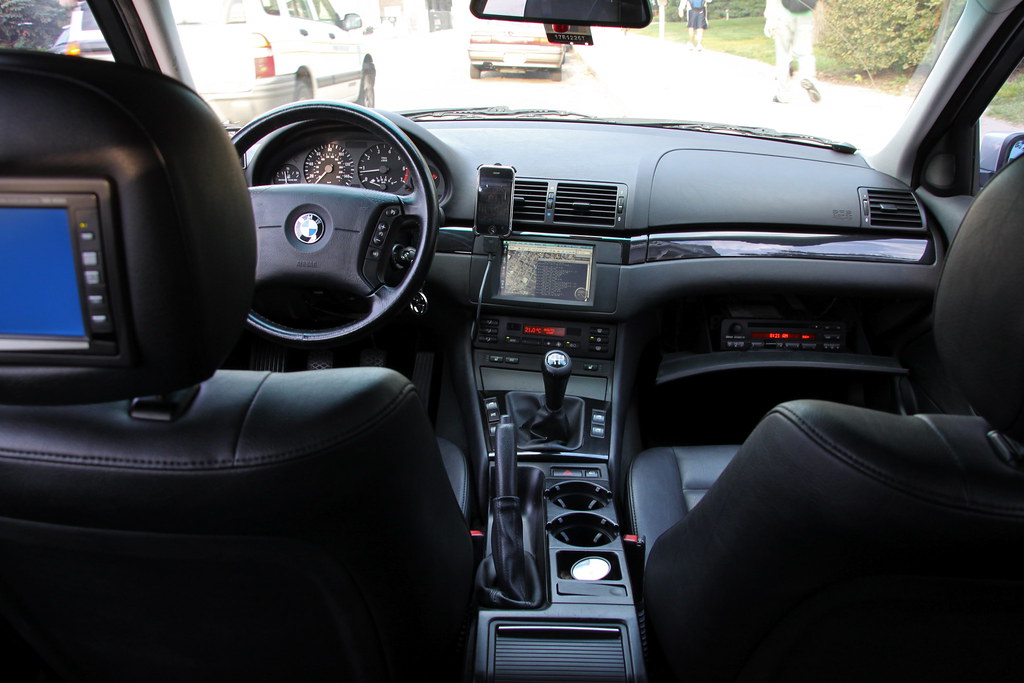
1. **The Frozen Screen Mystery: Why Your Infotainment LCD Suffers**
One of the most noticeable and frustrating cold-weather tech issues many drivers encounter is an infotainment screen that simply refuses to cooperate. According to insights from AAA, the primary culprit behind an unresponsive or sluggish infotainment system in cold weather isn’t the buttons on your dash or the complex microchips humming behind the scenes. Instead, it’s often the screen itself that bears the brunt of the cold.
Modern vehicle infotainment systems predominantly utilize LCD, or liquid crystal display, technology. These screens are designed to deliver crisp, clear images and responsive touch interaction, thanks to the special liquid housed between two layers of glass. This liquid is the heart of the display, enabling the vibrant visuals we’ve come to expect in our cars.
The fundamental problem arises when temperatures dip below freezing. Just like any other liquid, the fluid within these LCD screens is susceptible to freezing. When this happens, the liquid crystal becomes unusable, leading to the screen becoming slow to respond, lagging significantly, or even appearing entirely frozen. This transformation from a fluid, responsive interface to a stubbornly inert one can be quite jarring for drivers accustomed to immediate digital feedback.
Fortunately, this phenomenon doesn’t typically cause permanent damage to your valuable LCD screen. The solution, while requiring a bit of patience, is relatively straightforward: you simply need to allow the cabin of your vehicle to warm up. As the interior temperature rises, the frozen LCD fluid thaws, and the infotainment screen should gradually return to its normal, crisp, clear, and responsive self. It’s a reminder that sometimes, the simplest solutions are the most effective, requiring only a little time and warmth.

2. **The SD Card Conundrum: A Hidden Culprit in Infotainment Reboots**
Beyond the obvious freezing of LCD screens, many drivers report a more perplexing issue: their infotainment systems spontaneously rebooting, behaving sluggishly, or failing to boot properly, especially when temperatures are low. This particular problem often points to an overlooked but critical component: the Navigation SD card. Forum discussions and user experiences highlight a prevalent connection between erratic infotainment behavior and issues with this small, often forgotten card.
The infotainment system relies heavily on information stored on the Sat NAV SD card during its boot process. If this crucial data becomes corrupted, or if there’s poor connectivity between the system and the card, the entire unit can act erratically. This isn’t just about losing navigation; it can impact the entire system’s stability, leading to frustrating reboots and unresponsive interfaces. This underlying issue explains why simply cleaning the card contacts or even replacing the card can sometimes resolve these persistent problems.
One common troubleshooting step, shared by numerous drivers who experienced these issues, is to simply remove the Nav SD card. In many cases, this immediate action has been reported to resolve cold-related rebooting problems. While removing the card will naturally disable the navigation system, it serves as a quick diagnostic tool to determine if the SD card is indeed the root cause of the infotainment’s misbehavior. This simple test can save considerable time and effort in identifying the problem.
For those whose vehicles are still under warranty, replacing a faulty SD card might be an option, though some users reported needing multiple dealership visits for firmware updates before a replacement was authorized. Older 8GB cards, in particular, seem to have been more problematic, with some users speculating that Mazda, for example, might have used more basic and cheaper SD cards. Cleaning contacts with appropriate solutions (not just isopropyl alcohol, as some suggest Deoxit for better protection against oxidation) or opting for a higher-quality replacement card has shown success in mitigating these connectivity-related cold-weather glitches.
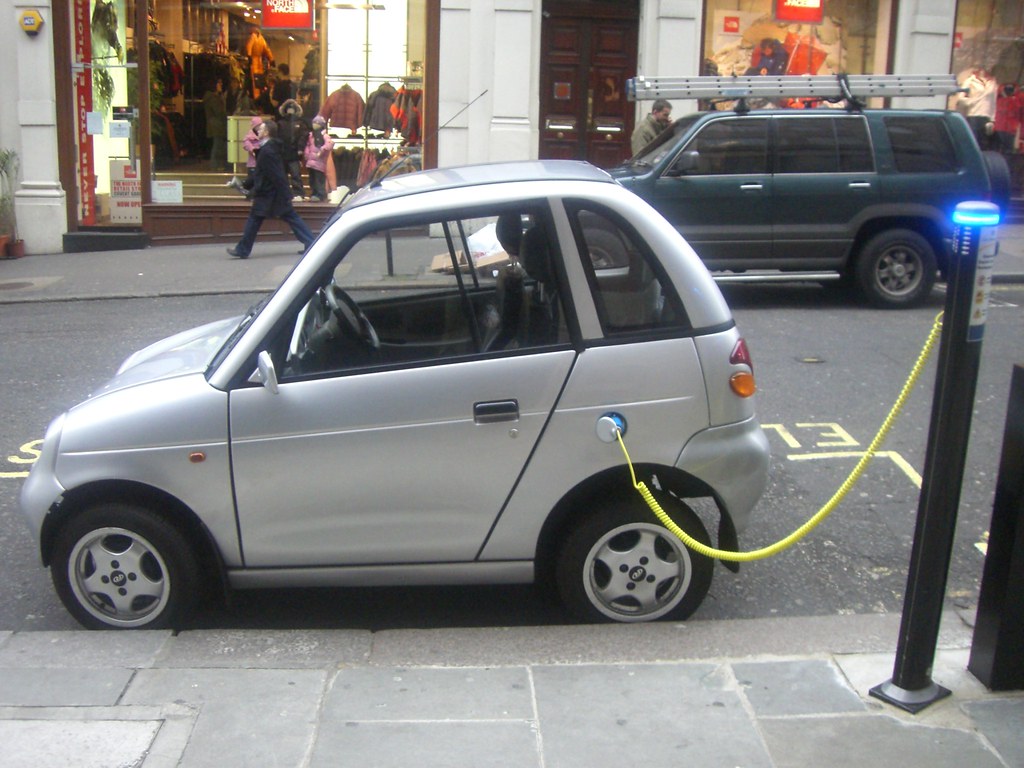
3. **Electrical System Strain: The Foundation of Cold Weather Tech Woes**
While specific components like LCDs and SD cards can cause direct infotainment issues, many cold-weather tech problems stem from a more fundamental source: the vehicle’s electrical system. As any seasoned driver knows, cold temperatures are notoriously harsh on batteries and other electrical components. This impact cascades throughout the entire vehicle, affecting everything from engine startup to the smooth operation of advanced digital systems.
At the heart of it, frigid conditions significantly slow down the chemical reactions within a car’s battery. This reduction in chemical activity directly translates to a diminished ability to deliver the powerful surge needed to crank the engine, often resulting in sluggish starts, prolonged cranking, or even a complete failure to ignite. The battery, being the primary power source for all electrical components, sets the stage for potential tech issues across the board.
Furthermore, cold weather increases electrical resistance throughout the system. This means that electrical current struggles to flow as efficiently as it would in warmer conditions. This added resistance places a greater strain on the entire electrical network, potentially compromising the performance of various components that rely on a steady and robust power supply. Headlights might dim, windshield wipers might operate more slowly, and crucially, your car’s complex computer systems, including infotainment, can suffer from an inadequate and inconsistent power feed.
Beyond reduced power delivery, cold temperatures can also exacerbate existing problems like corrosion on battery terminals and cables. This corrosion acts as an additional barrier, further impeding the smooth flow of electricity. A weakened connection between the battery and the rest of the electrical system can lead to intermittent electrical glitches, contributing to the erratic behavior observed in infotainment systems and other vehicle tech. Ensuring your electrical system is robust and well-maintained is paramount for winter reliability.
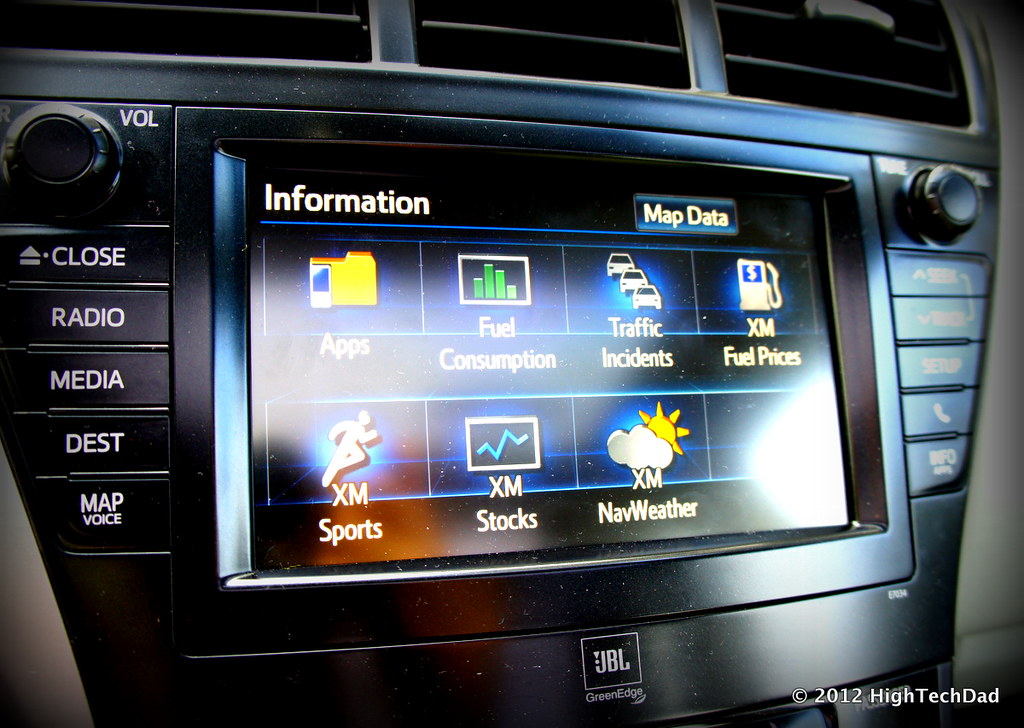
4. **Touchscreen Unresponsiveness: When Your Digital Interface Fails to Respond**
Building upon the foundation of electrical system strain, cold weather frequently manifests as a tangible and highly inconvenient issue with vehicle touchscreens and infotainment interfaces. Even if the LCD liquid itself hasn’t fully frozen, the overall stress on the electrical system can translate directly into a sluggish and unresponsive digital experience. This goes beyond mere visual lag, affecting the very interactiveness of your car’s controls.
When the electrical system is operating under duress due to cold, the processing power available for the touchscreen and infotainment components can be severely impacted. Drivers may notice significantly delayed response times, where a touch input takes noticeably longer to register than usual. This lag can make simple tasks, like adjusting audio settings, navigating through menus, or fine-tuning climate control, feel incredibly frustrating and cumbersome, demanding more patience than the user typically possesses.
Moreover, the sensitivity of the touchscreen itself can degrade in colder conditions. This means that a light tap, which would ordinarily register immediately, might require more deliberate pressure or even multiple attempts to execute a command. This diminished tactile feedback can lead to a sense of disconnect between the driver’s intent and the system’s reaction, hindering efficient control over critical vehicle functions that are increasingly integrated into the digital display.
In more severe cases, extreme cold can push the internal electronic components of an infotainment system past their operational limits. This can result in outright malfunctions, ranging from temporary glitches and unexpected system shutdowns to more worrying visual issues like pixelation, flickering, or even a complete loss of image on the display. These symptoms underscore the importance of allowing the vehicle’s cabin to warm up, giving these sensitive electronics a chance to return to their optimal operating temperatures before demanding full performance.
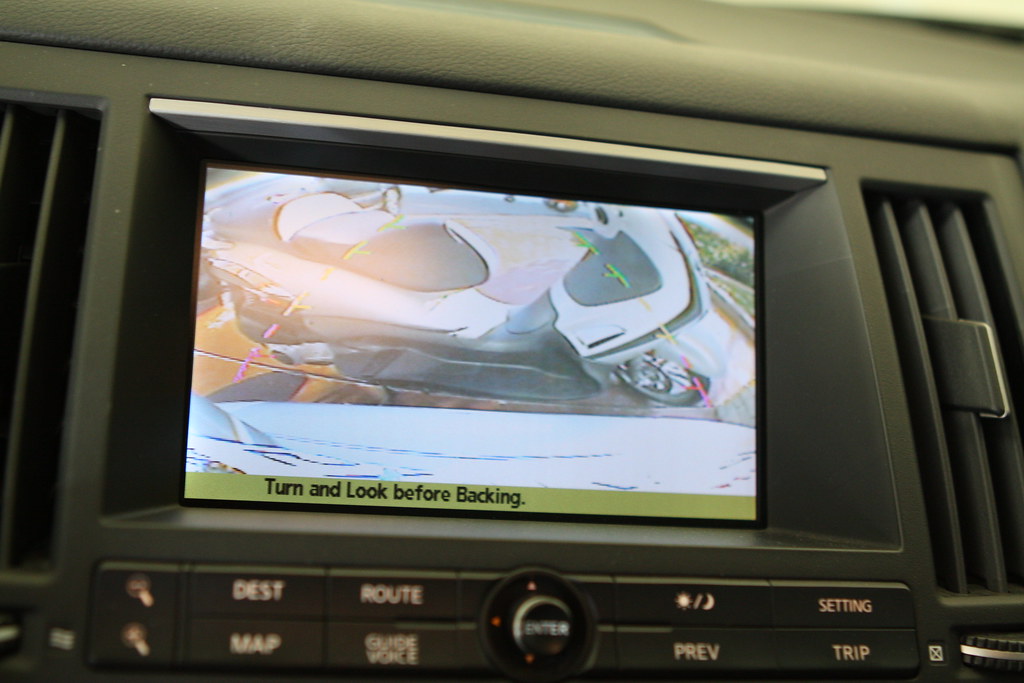
5. **Sensors and Cameras: Blurry Views and Missed Warnings**
Modern vehicles are equipped with an array of sensors and cameras that form the backbone of advanced driver-assistance systems (ADAS) and enhance overall safety. Unfortunately, these sophisticated eyes and ears of your car are highly susceptible to the adverse effects of frigid weather, often leading to reduced functionality, delayed warnings, and potentially compromising safety features that drivers rely on daily.
The challenges begin with the simple fact that cold temperatures can cause internal slowdowns within these sensitive electronic components. Combined with a slower-functioning electrical system, this results in delayed responses and reduced accuracy from sensors designed for critical tasks like parking assistance, blind spot monitoring, and lane departure warnings. Imagine backing up, expecting a clear sonar ping, only to have it lag or not appear at all due to the cold’s grip on the system.
Camera-based systems face their own unique set of cold-weather hurdles. Issues with image clarity and focus are common, often attributed to temperature-related fluctuations in the lens or the image sensor itself. Fog, frost, and condensation forming on the lens can create blurry or obscured views, severely impacting features that rely on visual input, such as backup cameras and forward-facing cameras used for lane-keeping assistance. A snow-covered camera is effectively a blind camera.
Such impairments can have significant safety implications. Sensors that respond slowly or not at all mean that crucial warnings, like potential collisions, might be delayed or entirely missed. Reduced lane-keeping accuracy, due to obscured visual markers, can make driving more challenging and less safe, especially on snow-laden roads. Regularly clearing any snow or ice from around these vital cameras and sensors is a critical preventative measure to ensure they function correctly and maintain your vehicle’s safety net during winter conditions.
Navigating the winter months with a modern vehicle means confronting a unique set of challenges that go beyond just a chilly cabin. While we’ve tackled the immediate headaches of infotainment screens and core electrical systems, the cold’s insidious grip extends deeper, impacting critical safety features and connectivity that drivers rely on every single day. Understanding these broader implications for your vehicle’s advanced technology is paramount for a safe and hassle-free winter driving experience. From subtle tire pressure fluctuations to the outright obstruction of crucial sensors, and finally, to the proactive steps you can take, let’s continue our exploration into protecting your automotive tech from winter’s wrath.

6. **Tire Pressure Monitoring Systems: The Silent Warning in the Cold**
Beyond the flashy displays and complex infotainment units, an often-overlooked but vital system that struggles in cold weather is your vehicle’s Tire Pressure Monitoring System (TPMS). This essential safety feature, designed to keep you informed about your tire health, can become quite vocal when temperatures plummet, sometimes without an actual leak in sight. It’s a prime example of how physics interacts with sophisticated electronics in less-than-ideal conditions.
As cold air naturally contracts, the air inside your tires follows suit, leading to a noticeable decrease in tire pressure. This drop, while often temporary and not indicative of a puncture, is precisely what triggers the TPMS warning light on your dashboard. Many drivers encounter this phenomenon, mistaking it for a serious problem when, in fact, it’s often a normal, albeit inconvenient, response to the cold.
It is crucial to understand that while this pressure drop is natural, it doesn’t mean you should ignore the warning or overinflate your tires. Overinflating can be just as dangerous as underinflating. Instead, it’s about being aware of this common cold-weather occurrence. However, the sensors themselves within the TPMS system aren’t entirely immune to the cold; extreme temperatures can slow down their electronic components, potentially leading to delayed readings or inaccurate measurements, which can manifest as intermittent or false warnings. For precise guidance on tire pressure and TPMS maintenance, always consult your vehicle’s owner’s manual or a qualified mechanic.
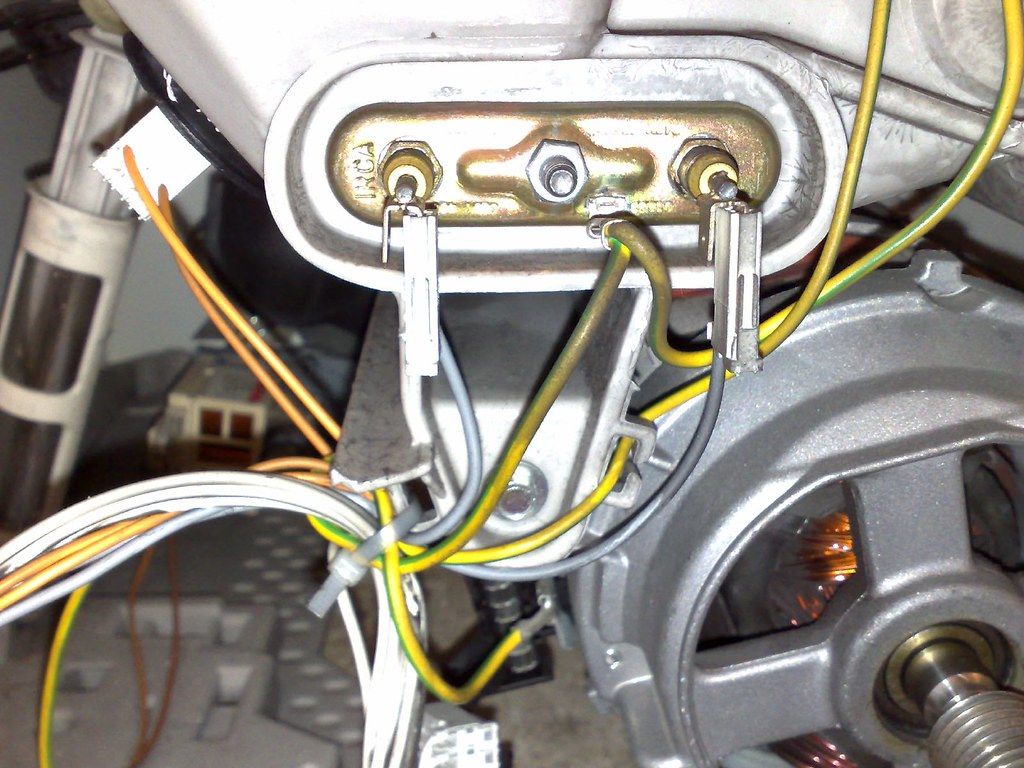
7. **Wiring Integrity and Electronic Vulnerability: The Hidden Brittle Network**
While we focus on visible screens and external sensors, a significant, yet often unseen, battle against the cold takes place within the very veins of your car: its intricate wiring and electronic connections. Cold temperatures don’t just affect the components they connect to; they can compromise the integrity of the network itself, turning flexible wires into brittle pathways more prone to damage. This foundational vulnerability can lead to erratic behavior across various systems.
Sensors, which are intrinsically linked to your vehicle’s main computer via these wires and connectors, become particularly susceptible. In winter, the cold makes these essential components more brittle, significantly increasing the risk of cracking or breaking. Even minor collisions, which might otherwise be insignificant, can jar these connections loose, leading to sensors working sporadically or failing completely. This underlying structural weakening can compromise the reliable flow of critical data throughout the vehicle.
Consider the Mass Airflow Sensor (MAF), for instance. This delicate component relies on wiring that produces a very low voltage, typically between 15-30 mV of power. Cold temperatures can directly impact these sensitive MAF wiring connections. Should the sensor contain faulty computer circuits, these issues can quickly escalate into costly repairs, highlighting the vulnerability of precise electronic measurements in frigid conditions. It’s not just about the external elements, but the internal electronic infrastructure as well.
This vulnerability extends to the accuracy of radar systems, where condensation forming and freezing on sensor surfaces can further compound issues. The result can be anything from reduced collision warning delays to complete failures. Ensuring that these electronic pathways remain robust is just as crucial as maintaining the sensors they serve, emphasizing the need for comprehensive protection against winter’s deep chill.
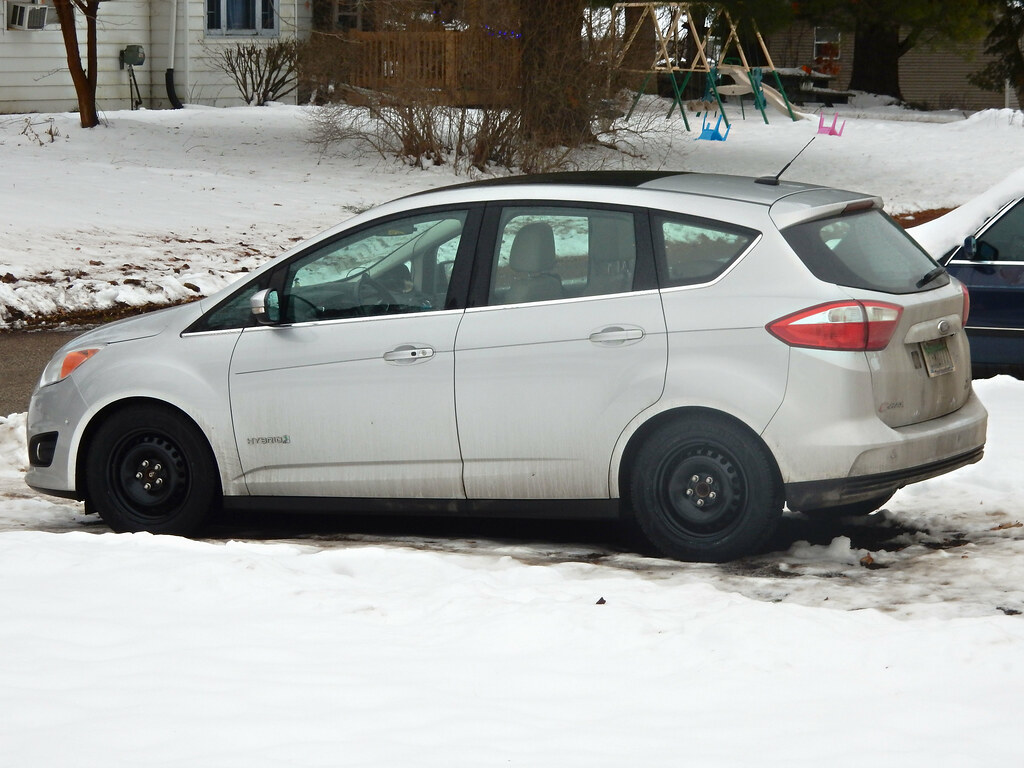
8. **Physical Obstructions: The Winter Cloak of Snow, Ice, and Salt**
No matter how advanced your car’s sensors and cameras are, they’re only as good as their line of sight. During winter, Mother Nature throws up literal roadblocks in the form of snow, ice, and salt, transforming these sophisticated eyes and ears into blind, muffled systems. These physical obstructions are a primary culprit behind many cold-weather tech malfunctions, directly impacting safety and convenience features.
Snow and ice accumulation on or around sensors can create a barrier, causing false warnings or completely disabling critical systems. Imagine a thin layer of ice tricking a blind-spot monitor into detecting phantom obstacles, or a forward-collision warning system rendered useless because it cannot accurately perceive what lies ahead. These scenarios turn helpful aids into potential hazards, demanding constant vigilance from the driver.
Sensors embedded in your front and rear bumpers, crucial for parking assistance, are particularly vulnerable. Snow, ice, and corrosive road salt can easily coat these areas, making parking alert systems ineffective. Similarly, rearview cameras and side mirrors, which enable surround view and bird’s eye parking features, can become clouded or blocked, rendering these convenient visual aids completely useless. Drivers relying on these systems may find themselves in a precarious situation without their usual digital guidance.
Cameras, whether for parking, backing up, or lane-keeping assistance, are especially prone to impairment. Cold temperatures, coupled with fog, frost, and snow, can cloud their lenses, leading to blurry or entirely obscured views. While temperature itself might not always be the sole factor, the resulting condensation and accumulation on the lens significantly limits what the camera can capture. Regularly clearing any snow, ice, and salt from these vital components, particularly around the bumpers and windshield, is not just a recommendation but a critical safety measure.
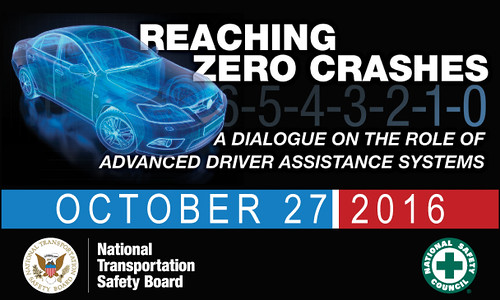
9. **Broader ADAS Impact: When Safety Systems Hit a Cold Wall**
The intricate web of advanced driver-assistance systems (ADAS) in modern vehicles offers a significant boost to safety and convenience. However, these systems, heavily reliant on a symphony of sensors and cameras, face considerable challenges when subjected to frigid temperatures and winter’s harsh elements. The ‘broader impact’ of cold extends far beyond mere annoyance, directly compromising the very safety nets designed to protect us.
One of the most concerning impacts is the potential for collision warning delays or failures. As snow, ice, and salt grime obstruct radar and camera lenses, the systems’ ability to accurately detect potential hazards is severely diminished. This can lead to critical warnings being delivered too late, or worse, not at all, drastically reducing a driver’s reaction time in an emergency situation. The effectiveness of systems warning of potential collisions relies entirely on unobstructed and accurate sensor input.
Lane-keeping assistance systems, which depend on clear visual markers on the road, are also highly susceptible. Snow-covered roads or frost-clouded cameras can obscure these markers, making the system less accurate or entirely inoperative. This not only makes driving more challenging but also adds an unexpected layer of risk, especially on highways where these systems are often most beneficial. Drivers accustomed to these aids might find themselves suddenly without support.
Moreover, adaptive cruise control, a popular feature for long drives, can become unreliable. If its radar sensors are blocked by ice or snow, the system may struggle to maintain a consistent following distance or react appropriately to changes in traffic. This can lead to unexpected acceleration or braking, creating potentially unsafe situations. The overall effect is a significant reduction in the trustworthiness and reliability of sophisticated driving aids, underscoring the necessity of proactive maintenance and awareness during winter conditions.

10. **Essential Strategies: Arming Your Car’s Tech Against Winter**
While the challenges of cold weather on your car’s advanced tech are undeniable, the good news is that you’re not powerless. There are numerous proactive steps you can take to safeguard your vehicle’s electrical, technical, and sensor systems, ensuring they perform optimally even when the mercury plummets. Being prepared is the best defense against winter’s tech woes, keeping you safe and connected on the road.
Starting with the powerhouse, your vehicle’s battery and electrical system demand extra attention. Before winter’s full force hits, make sure your battery is fully charged and its terminals are impeccably clean and free of corrosion. For those in truly extreme climates, a battery blanket can be a wise investment, providing a crucial layer of warmth. Additionally, minimize electrical loads when starting your engine by temporarily avoiding excessive use of accessories like heated seats and defrosters, allowing the battery to focus its power on ignition.
Regular inspections by a qualified mechanic are indispensable. These professionals can identify and address potential electrical system issues before they escalate into major cold-weather breakdowns. This preventative maintenance is a cornerstone of winter reliability, catching hidden vulnerabilities that might otherwise leave you stranded on a frigid morning.
When it comes to your critical sensors and cameras, a little manual effort goes a long way. Make it a routine to regularly clear any snow and ice accumulation from around these components, but always remember to use gentle methods – harsh chemicals or abrasive materials can cause damage. Give your infotainment system a moment to warm up before demanding full performance, just as you’d let your engine come to temperature, and try to minimize rapid cabin temperature changes to avoid stressing sensitive electronics.
Finally, don’t overlook the basics. Check your tire pressure regularly, adjusting it according to your car’s manufacturer recommendations, and remember that pressure will naturally drop in cold weather. Maintain your vehicle with regular oil changes and fluid checks, using high-quality fluids and lubricants specifically designed for cold-weather operations. Always consult your owner’s manual or a qualified mechanic for guidance tailored to your specific vehicle, and consider reviewing your car insurance policy to ensure you’re covered for unexpected winter mishaps. By blending informed awareness with proactive care, you can ensure your cutting-edge vehicle technology continues to serve you reliably, no matter how harsh the winter may be.
Read more about: 12 Simple Mistakes That Secretly Ruin Your Car’s Paint Job in Under 5 Minutes
In a world where our cars are becoming increasingly complex marvels of engineering and digital integration, the impact of extreme weather on their intricate systems is a topic that demands our attention. From the slight inconvenience of a sluggish touchscreen to the critical implications for advanced safety features, cold temperatures undeniably test the limits of automotive technology. Yet, by understanding these vulnerabilities and embracing a proactive approach to vehicle care, we empower ourselves to navigate the winter months with confidence and control. Staying informed, vigilant, and prepared isn’t just about preserving your car’s tech; it’s about ensuring a safer, more predictable journey for everyone on the road, turning potential frustrations into smooth, uninterrupted drives, even when the thermometer dips far below zero.



